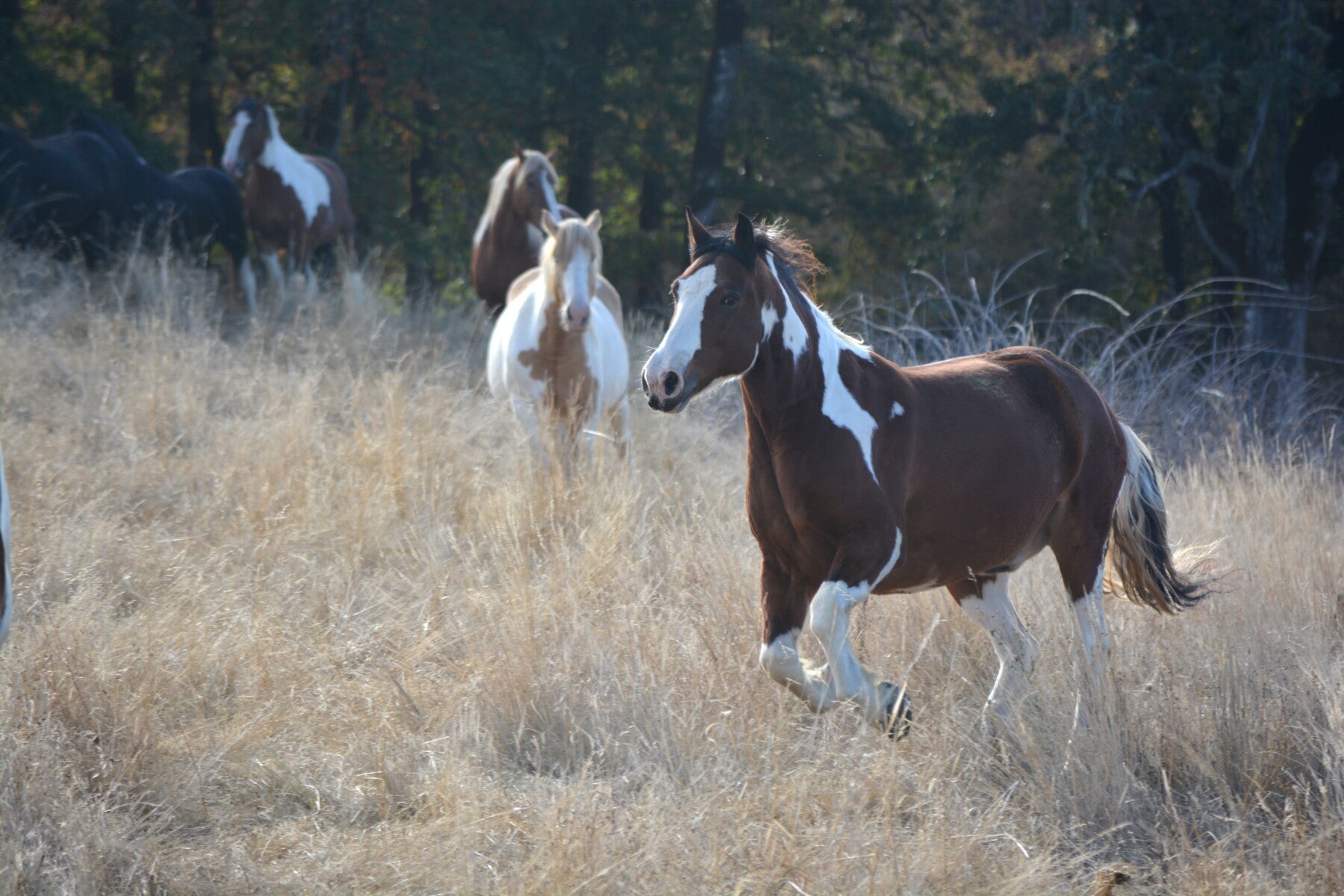
With nearly 72,000 horses slaughtered in 2013 alone, Canada’s horse slaughter industry is among the largest in the world, and a shameful betrayal against our loyal companions.
Horses are slaughtered in Canada primarily to provide horse meat to European and Asian countries. Horses are brought to slaughter in every possible condition—old, young, sick, healthy, injured, and even pregnant. They are not all unwanted—often, their guardians can no longer afford to keep them, and bring the horses to auction hoping to find them a good home. But horribly, more than 50 percent of horses sold at rural auctions go to slaughter after being bought by “kill buyers.”
A terrible journey
Many times, horses are crammed in trailers designed for shorter animals and travel in uncomfortable positions over very long distances. Loading and unloading is extremely stressful and dangerous for horses as they are moved along the relatively steep ramps. Canadian animal transport standards are among the worst in the industrialized world. Current regulations allow horses to be transported for up to 36 hours without food, water or rest.
Inhumane slaughter—not humane euthanasia
There have been many reported cases of animal welfare violations in Canadian horse slaughterhouses including failure to provide food and water, illegal unloading of animals, animals left for extended periods in kill pens and sick or injured animals denied veterinary care. Not surprisingly, veterinary experts around the world and leading animal protection groups have denounced horse slaughter as inhumane.
Once the horses are corralled into the slaughterhouse, the end is predictable—violent and bloody. Sometimes injured and emaciated, horses are beaten and electro-shocked in overcrowded pens and must endure the smell of blood and the sights and sounds of other horses in pain and being killed before they, too, are led into a kill chute.
Horse slaughterhouses use the same type of stalls and techniques as cattle slaughterhouses. These stalls are too wide for horses and the captive-bolt stun gun method used with cattle is ill-suited for horses. Horses are an extreme example of a flight animal. The panic and instinctive desire to escape they experience in the slaughterhouse causes them to thrash their heads frantically in the kill chute, making it difficult to effectively stun them prior to slaughter. Witnesses (and video footage) document horses subjected to a sharp blow to the head from the captive-bolt gun three or four times before they are rendered unconscious for exsanguination. In a recent investigation of carcasses discarded by a Canadian slaughterhouse, skulls of many horses processed for meat were found without any holes from a stun gun or rifle whatsoever!
Time to act
With the closing of the remaining equine slaughter plants in the United States in 2007, the number of horses imported to Canada for slaughter has increased. There are now four equine slaughter plants in Canada, two in Quebec and two in Alberta. We need to act now to stop this growing climate of cruelty to horses in Canada!
What we’re doing
Horse slaughter is an urgent problem that needs to be addressed throughout North America. In the United States, for example, the Safeguard American Food Exports (SAFE) Act (H.R. 1094/S. 541) was introduced and, if adopted, would ban domestic horse slaughter in the U.S. permanently and the export of horses for slaughter abroad.
In Canada, HSI is working to achieve a federal ban on the horse slaughter industry that would end the slaughter, sale, transport and trade of horses for human consumption. By raising public awareness regarding horse slaughter, actively campaigning for legislative change in Canada and by working with our partners in the United States and in Europe, HSI/Canada aims to put an end to the cruel horse slaughter industry in this country.
